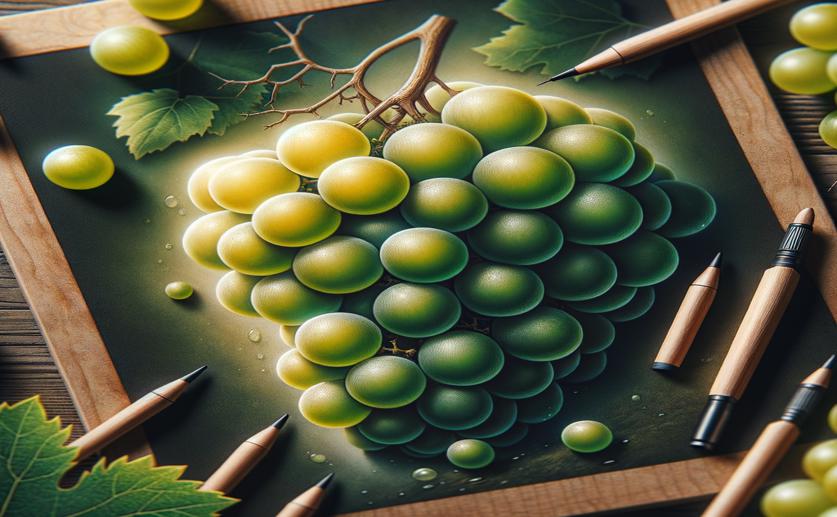
Understanding How Rough Skin Develops on Niagara Grapes
Jim Crocker
22nd March, 2024

Image Source: Natural Science News, 2024
Key Findings
- In Brazil, researchers studied three 'Niagara' grape variants with different berry traits
- 'Niagara Steck' variant has unique genes active in creating its rough, russet-like skin
- These genetic differences may help breed grapes with new, desirable characteristics
References
Main Study
1) Uncovering the molecular mechanisms of russet skin formation in Niagara grapevine (Vitis vinifera × Vitis labrusca).
Published 19th March, 2024
https://doi.org/10.1038/s41598-024-55745-8
Related Studies
2) Genetic structure and molecular diversity of Brazilian grapevine germplasm: Management and use in breeding programs.
3) Gene duplication and transposition of mobile elements drive evolution of the Rpv3 resistance locus in grapevine.
4) Omics Approaches for Understanding Grapevine Berry Development: Regulatory Networks Associated with Endogenous Processes and Environmental Responses.
5) Differential Roles for VviGST1, VviGST3, and VviGST4 in Proanthocyanidin and Anthocyanin Transport in Vitis vinífera.



 6th March, 2024 | Greg Howard
6th March, 2024 | Greg Howard